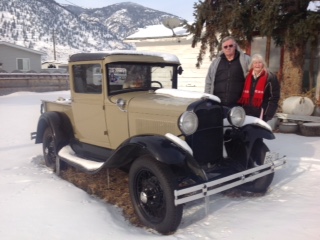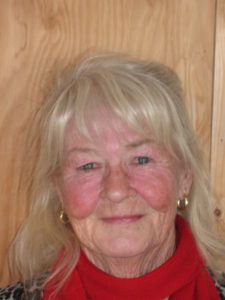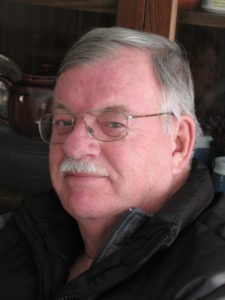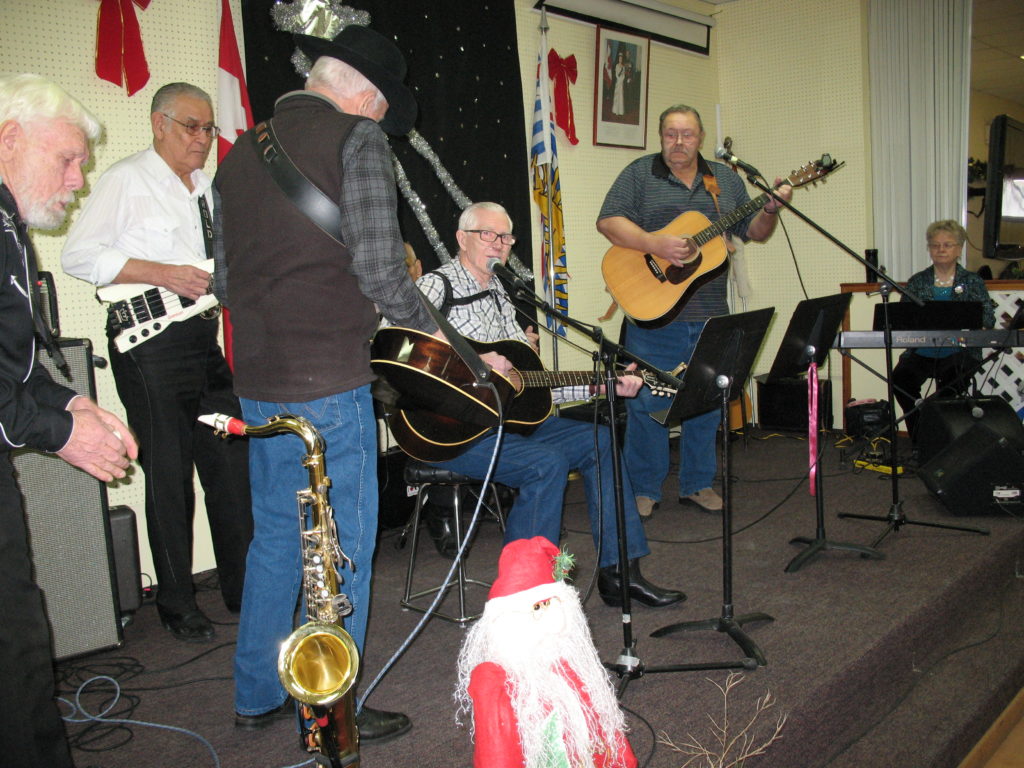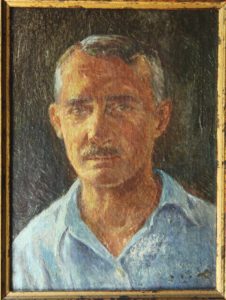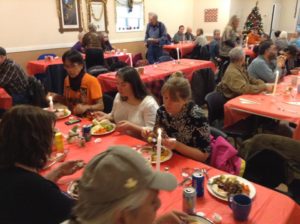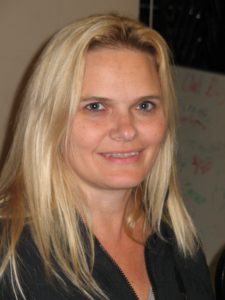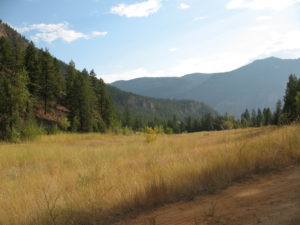As we slid our heavily laden frontiersman canoes onto the cold waters of Isaac Lake that Wednesday morning, I didn’t suspect that this day the 5 young adult probationers would seriously test my leadership. We were on the second day of the Bowron Lakes circuit, a system of lakes and portages near Barkerville. Farther up the lake another group, consisting of 6 young offenders and 2 leaders, was also breaking camp.
Having been employed by the One Way Adventure Foundation only a month, I had not yet been able to develop relationships of trust with this motley crew of erratic misfits. At 21, Jim was the oldest. I had picked him up a couple of weeks ago from the Oakalla Prison Farm. Missing his front upper teeth from street fights, he was the toughest of the bunch.
Neither Jim or the others, Chris, Danny, Scott or Dave were settled enough to have a stable home. They mostly slept on someone’s couch and reported to our centre each morning. One purpose of this expedition was to provide workers with opportunities to develop relationships of trust and influence with them. They also had a goal. They just wanted to survive the 6 months in our program and successfully thwart all attempts to bring change into their lives.
From the beginning of this trip, I’d known there would be complications. These young men were accustomed to hanging out on the streets of Surrey, not to the rigours of paddling and portaging all day, constantly harassed by mosquitoes and horse flies.
This morning we had paddled in drenching rain the first 2 hours and I was conscious of a growing edginess in my crew. I realized now it had been there even as we were taking down our camp.
Increasingly foul language was flying unrestrained across the water between the other 2 canoes. I sensed a growing spirit of rebellion. As we neared the Bette Wendel camp site where we would stop for lunch, I grasped that Chris was deliberately stirring up discontent. This didn’t surprise me. All his life he’d been shuttled from one foster home to another, never experiencing the love of a parent. His face revealed the despair and anger that seethed just beneath the surface.
Bruce, our expedition leader, was with the other crew. He had wanted to separate the 2 groups. There was no one to back me up if this developed into a Lord of the Flies conflagration.
From the beginning I had been aware they were observing me, watching for weakness. I was in a position of authority over them so I must be tested. Maybe it’s human nature to probe the limits of authority.
Fortunately, my previous work experience had taken me into all the prisons on the Lower Mainland and the Fraser Valley. I had worked with hard core cons, like Albert, a chain smoking heroin addict doing time for trafficking. There was also Rod, who had accidentally shot his partner in crime during a botched hold up. I’d gotten to know Trevor, doing time for confining and raping a young woman. I talked at times about these men and prison life, never telling them how I had gained this intimate understanding.
Sometimes I overheard them speculating about my history. They eventually concluded I must have done serious prison time. Not at all sure how I’d react, they’d been cautious.
But now they were frustrated and angry. They slammed their canoes hard onto the gravel of the camp site.
“I’m not paddling another inch!” Chris announced stridently.
“Me either,” Jim growled, throwing his paddle down.
“Let’s turn back,” Scott urged.
My mind scrambled madly for a response, and then I remembered the jar of coffee buried deep in the lunch pack. Beth, a senior wilderness skills instructor with our organization had said, “It’s only for staff.” I had not touched it.
I walked into the midst of my mutinous crew and said, “guys, how about you build us a fire and I’ll buy you a cup of java.” Their mouths dropped open as though attached to a common hinge.
“You have coffee?” Jim asked incredulously.
“Yes Jim, I do,” I said. “Now, do you just want to stand there with your mouth open or are you going to build a fire?”
The rebellion fizzled. Ah, the magical charm of a jar of coffee.


